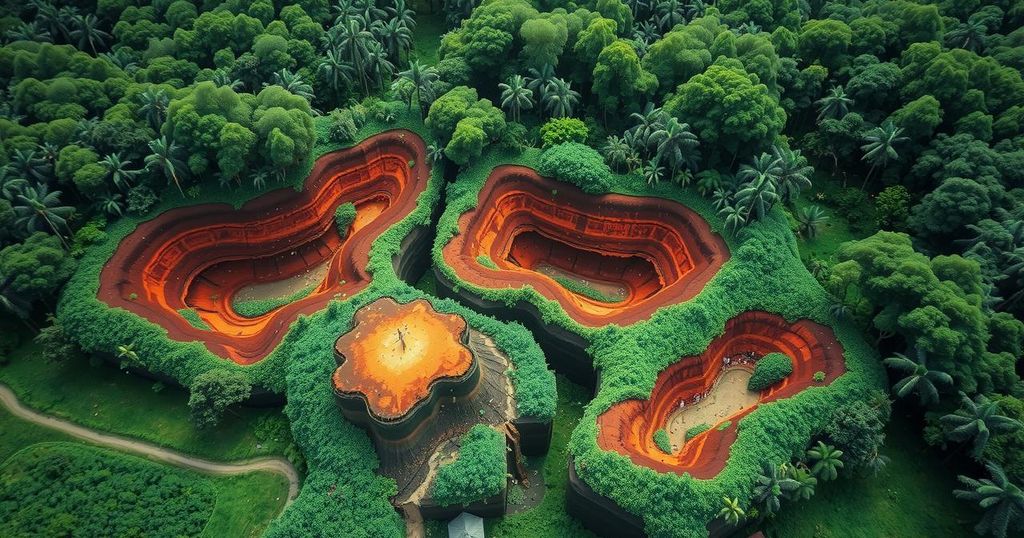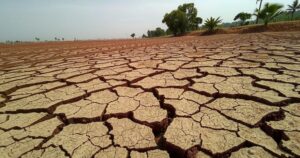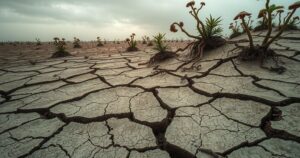Impact of Artisanal Gold Mining on Peatlands in the Peruvian Amazon

Recent studies in *Environmental Research Letters* indicate that artisanal gold mining has led to more peatland destruction in the past two years than in the previous three decades. Over 550 hectares have been lost, releasing up to 0.7 million tons of carbon. Mining activities are increasing, and inaction could lead to environmental and economic repercussions.
New research published in the journal Environmental Research Letters indicates that artisanal gold mining in the southern Peruvian Amazon has caused unprecedented destruction to carbon-rich peatlands, more than in the previous three decades. This surge in damage poses severe threats to both the environment and climate.
For years, small-scale gold mining has proliferated in the Madre de Dios region, fueled by the presence of gold in the local soils. Researchers utilized over 35 years of satellite data from NASA’s Landsat program to analyze the spread of gold mining into peatlands that hold significant amounts of carbon. Results revealed that over 550 hectares of peatland have been destroyed, releasing between 0.2 and 0.7 million tons of carbon into the atmosphere, with over 55% of this damage occurring in just the last two years.
Peatlands play a crucial role in carbon storage, holding more carbon densely than forested areas. The peatlands in this Amazonian region contain as much carbon as forests would across an area seven times larger, signifying that even minor reductions in peatland can significantly elevate greenhouse gas emissions.
Currently, peatland mining constitutes approximately 9% of total mining activity in the region, but this figure is escalating rapidly. Should this trend persist, it could rise to 25% by 2027, endangering 63 out of 219 peatland areas and placing over 10,000 hectares at immediate risk. This scenario could result in the potential release of up to 14.5 million tons of carbon, amounting to carbon emissions equivalent to those of millions of cars.
Until 2012, the knowledge regarding these peatlands was limited. A decade later, the very researchers who first described these peatlands are now witnessing their rapid decline. Dr. John Householder, the study’s corresponding author, emphasized the urgency of protecting these areas, stating that mining is expanding into fragile ecosystems due to reduced accessibility barriers, alongside insufficient law enforcement.
He further remarked on the alarming potential of large peat deposits disappearing before scientists have had the opportunity to comprehensively study them, making it vital to safeguard already known peat deposits. These findings serve as a pressing alert to protect the remaining peatlands from further destruction.
In conclusion, recent findings reveal that artisanal gold mining in the southwestern Peruvian Amazon has led to accelerated destruction of peatlands, releasing significant carbon emissions within a short time span. The implications of this damage extend beyond environmental concerns, potentially impacting social and economic realms as well. Without immediate intervention and regulation, the irreversible harm to these critical ecosystems may result in dire consequences for the planet’s climate health.
Original Source: www.eurekalert.org





